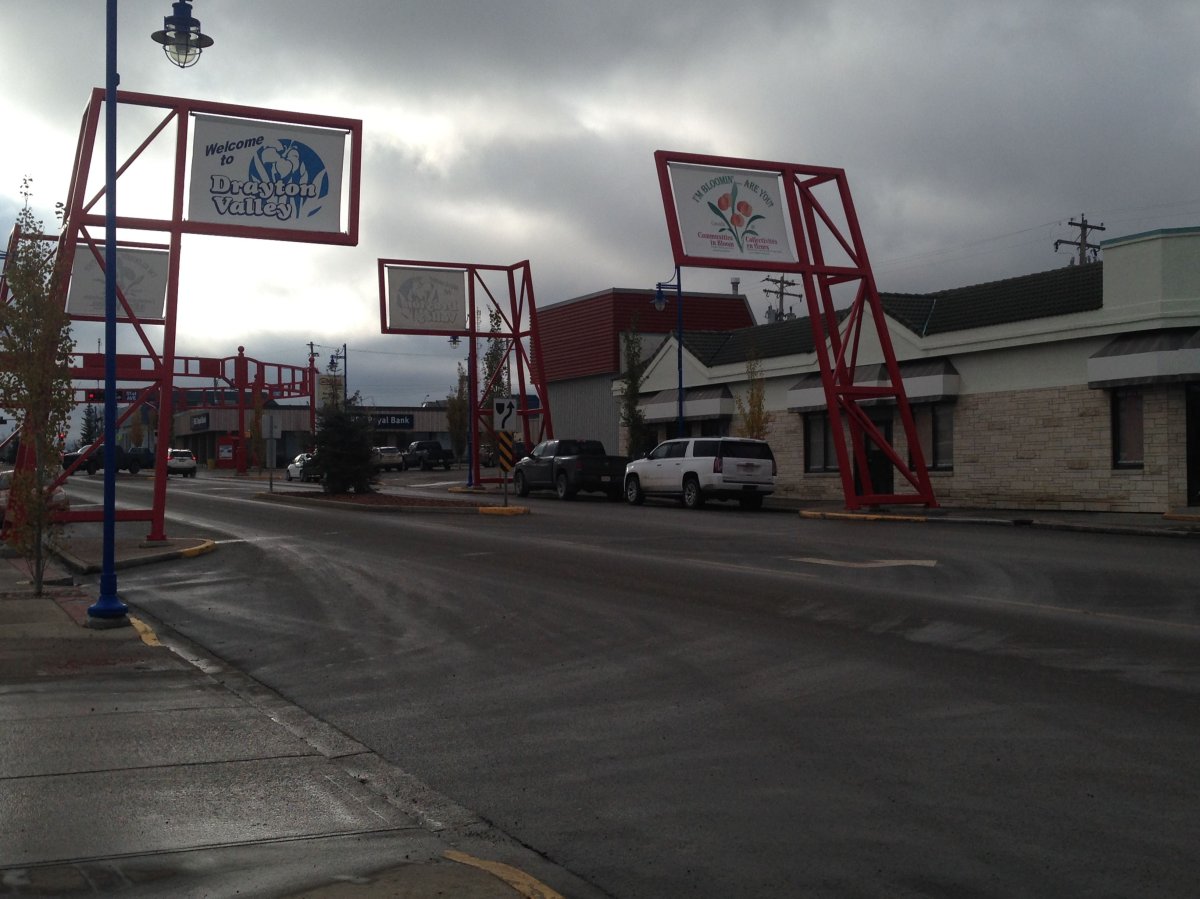It’s evident in a new survey of small business owners that Alberta’s economy has turned a corner, but short-term hiring plans are still negative.

The Canadian Federation of Independent Business (CFIB) said Thursday its monthly business barometer rose about two and half points in April to 57.9, closing the gap on the national average of 64.4.
“Rebounding optimism among Alberta’s entrepreneurs means the provincial index is approaching the national average. Other provinces are clustered around 60 points, so it is refreshing to see Alberta’s small business confidence numbers continue to close the gap,” said Amber Ruddy, director of provincial affairs for Alberta.
Still, the group said 23 per cent of Alberta business owners are looking to reduce full-time staff within the next three months, compared with 15 per cent who are looking to hire.
The survey also found 21 per cent of entrepreneurs felt their business is in good shape. Twenty-eight per cent said they’re struggling, though that was an improvement from the previous month.
Ruddy said we’ve come along way since the start of the recession.
“The shocks experienced in the natural resource sector have largely dissipated and businesses are starting to warm up to a better economic reality. Business confidence is recovering but fragile, and it will take some time to restore strong optimism levels we saw a few years ago,” said Ruddy.
She said the top major cost constraints for Alberta business owners are taxes and regulatory costs, followed by fuel and energy expenses. Sixty-one per cent said insufficient domestic demand was their top limitation.
The national Business Barometer index remained at 62.9. The other provincial numbers were: Ontario (68.7), British Columbia (67.1), Nova Scotia (66.3), Quebec (65.7), Manitoba (63.5), New Brunswick (63.5), PEI (60.3), Saskatchewan (55.1) and Newfoundland & Labrador (43.8).
April 2017 findings are based on 653 responses to an online survey.

Comments